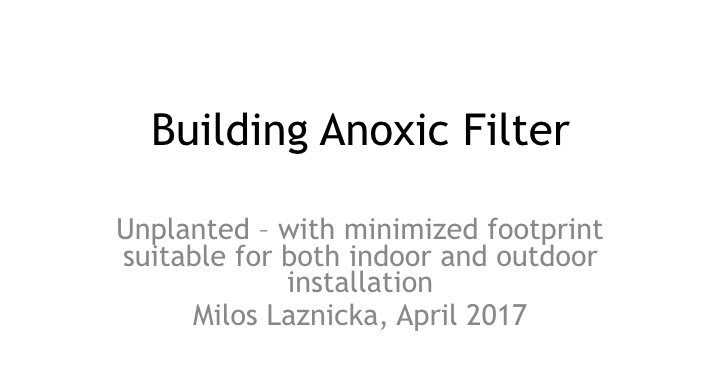To the contrary it’s very well documented about a corals ability to uptake ammonia (preferred) and nitrate along with amino acids. I would run it through a canister but at an extremely low flow rate.
Coral nutrient uptake article:

Nitrogen cycling in corals: the key to understanding holobiont functioning?
Corals are animals that form close mutualistic associations with endosymbiotic photosynthetic algae of the genus Symbiodinium. Together they provide t…www.sciencedirect.com
You’ll be the first to know if my coral parish
Why would you run it through a canister?



















